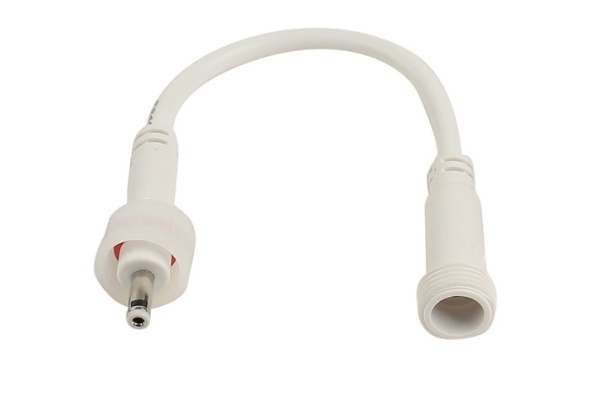News


News

Why Waterproofing Matters in Low Voltage Systems: Debunking the Safety Myth
Release time:2025-08-26
viewed:272
Many DIY enthusiasts and installers working with 12V or 24V systems operate under a dangerous assumption: "It's just low voltage, so waterproof connections don't really matter." This misconception has led to countless system failures, frustrating troubleshooting sessions, and unnecessary expenses. The truth is that while low voltage significantly reduces electrocution risk, it doesn't eliminate the need for proper environmental protection. This is where low voltage waterproof wire connectors become essential components rather than optional accessories.

The fundamental misunderstanding stems from confusing electrical safety with system reliability. Yes, 12 volts poses minimal shock hazard compared to line voltage. However, water infiltration causes problems that have nothing to do with shock risk and everything to do with basic electrical principles and material science.
When moisture enters an electrical connection—even in low voltage systems—it initiates three destructive processes: corrosion, increased resistance, and current leakage. These processes work together to undermine system performance gradually but inevitably. Low voltage waterproof wire connectors are specifically designed to prevent these issues through sealed designs that block moisture ingress.
Corrosion represents the most visible threat. When water and oxygen reach metal contact surfaces, they create oxidation and corrosion products that act as insulators. In a landscape lighting system using low voltage waterproof wire connectors, this might mean one light gradually dimming while others remain bright. In a solar panel connection, it could mean reduced charging efficiency as corrosion builds resistance in the circuit.
The resistance increase caused by corrosion creates a vicious cycle. Higher resistance generates more heat at the connection point according to Joule's law (P = I²R). This heat accelerates further corrosion and degradation of the connection, potentially leading to complete failure. Even at 12 volts, enough current flowing through a corroded connection can generate surprising amounts of heat—enough to melt connector housings or even ignite surrounding materials in extreme cases.
Current leakage presents another hidden challenge. When water bridges between conductors or from a conductor to ground, it creates parallel paths for electricity to flow where it shouldn't. In a low voltage lighting system, this might mean lights that glow faintly when switched off. In a security system, it could cause false alarms or component malfunction. Quality low voltage waterproof wire connectors prevent this by maintaining complete isolation between conductors and the environment.
The economic argument for proper protection proves compelling when considering total cost of ownership. While standard twist-on connectors might cost pennies, the labor involved in locating and repairing a failed connection in a buried landscape lighting system can easily reach hundreds of dollars. Using low voltage waterproof wire connectors from the initial installation represents cheap insurance against future failures and maintenance costs.
Different applications demand different levels of protection. A connector serving an outdoor landscape light might need protection from occasional rainfall and irrigation spray (IP67 rating). A connector for a marine application would require resistance to saltwater immersion and corrosion (IP68 or higher). Solar installations need connectors that can withstand UV degradation and temperature extremes alongside water resistance. The common factor remains the need for environmental protection that only proper low voltage waterproof wire connectors can provide.
Installation practices significantly impact performance. Even the best low voltage waterproof wire connectors can fail if installed incorrectly. Proper preparation includes stripping wires to the correct length, ensuring clean contact surfaces, and following manufacturer instructions for engagement and sealing. The extra minute spent properly installing a quality connector can add years to system life.
The evolution of connector technology has made reliable protection increasingly accessible. Modern low voltage waterproof wire connectors incorporate features like gel-filled chambers that exclude air and moisture, compression seals that adapt to different wire sizes, and materials that resist UV degradation and temperature extremes. These advances make achieving reliable connections simpler than ever before.
Ultimately, the question isn't whether you can get away with non-waterproof connections in low voltage applications—it's how long until those connections fail and how much the failure will cost. Whether powering garden lights, connecting solar panels, or wiring automotive accessories, specifying appropriate low voltage waterproof wire connectors represents one of the simplest ways to ensure long-term reliability and performance. The small additional investment in proper components pays dividends in reduced maintenance, improved safety, and system longevity that cheap connectors simply cannot match.